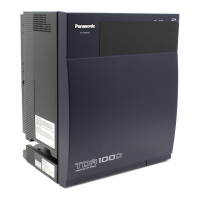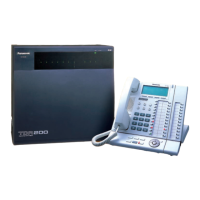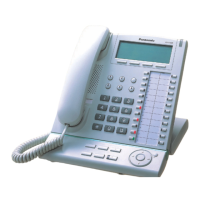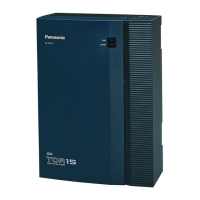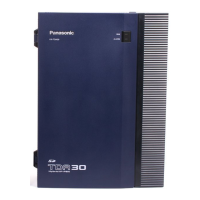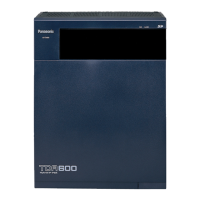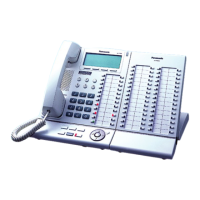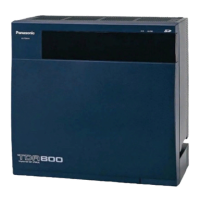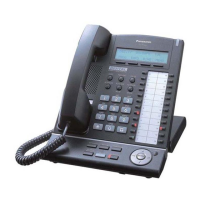1.10 Conversation Features
102 Feature Guide
Conditions
[APT + SLT]
• If one telephone goes off-hook while the other is on a call, a three-party call is established. If one user
goes on-hook, the other user continues the call.
EXtra Device
Port (XDP)
Mode
Allows an SLT to be connected to a DPT which is
connected to a Super Hybrid port of the PBX.
Unlike parallel mode, XDP mode allows each telephone to
act as an independent extension with its own extension
number. (→ 2.1.1 Extension Port Configuration)
Digital XDP Allows a DPT to be connected to another DPT which is
connected to a DPT port or a Super Hybrid port of the PBX.
Similar to XDP mode, each DPT acts as an independent
extension with its own extension number.
In a Digital XDP connection, the DPT connected to the PBX
is called the "master DPT", and the DPT connected to the
other DPT is the "slave".
Additionally, an SLT can be connected to the master DPT
in either parallel or XDP mode.
Wireless XDP
Parallel Mode
For information on this type of parallel connection, refer to
the Wireless XDP Parallel mode feature. (→ 1.22.3
Wireless XDP Parallel Mode)
Features Descriptions Connections
DPT + SLT
PBX
SLT
DPT
Extn. 101 Extn. 105
PBX
DPT + DPT
DPT
Extn. 101 Extn. 201
DPT
Master
Slave
PBX
DPT
Extn. 101
Extn. 201
SLT
Extn. 101 (in Parallel Mode)
or
Extn. 105 (in XDP Mode)
DPT
Master
Slave
DPT + DPT + SLT
PBX
PS
PT
APT/DPT/SLT + PS
PS
SLT
Extn. 101
Extn. 101
Extn. 102
Extn. 102
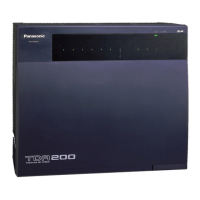
